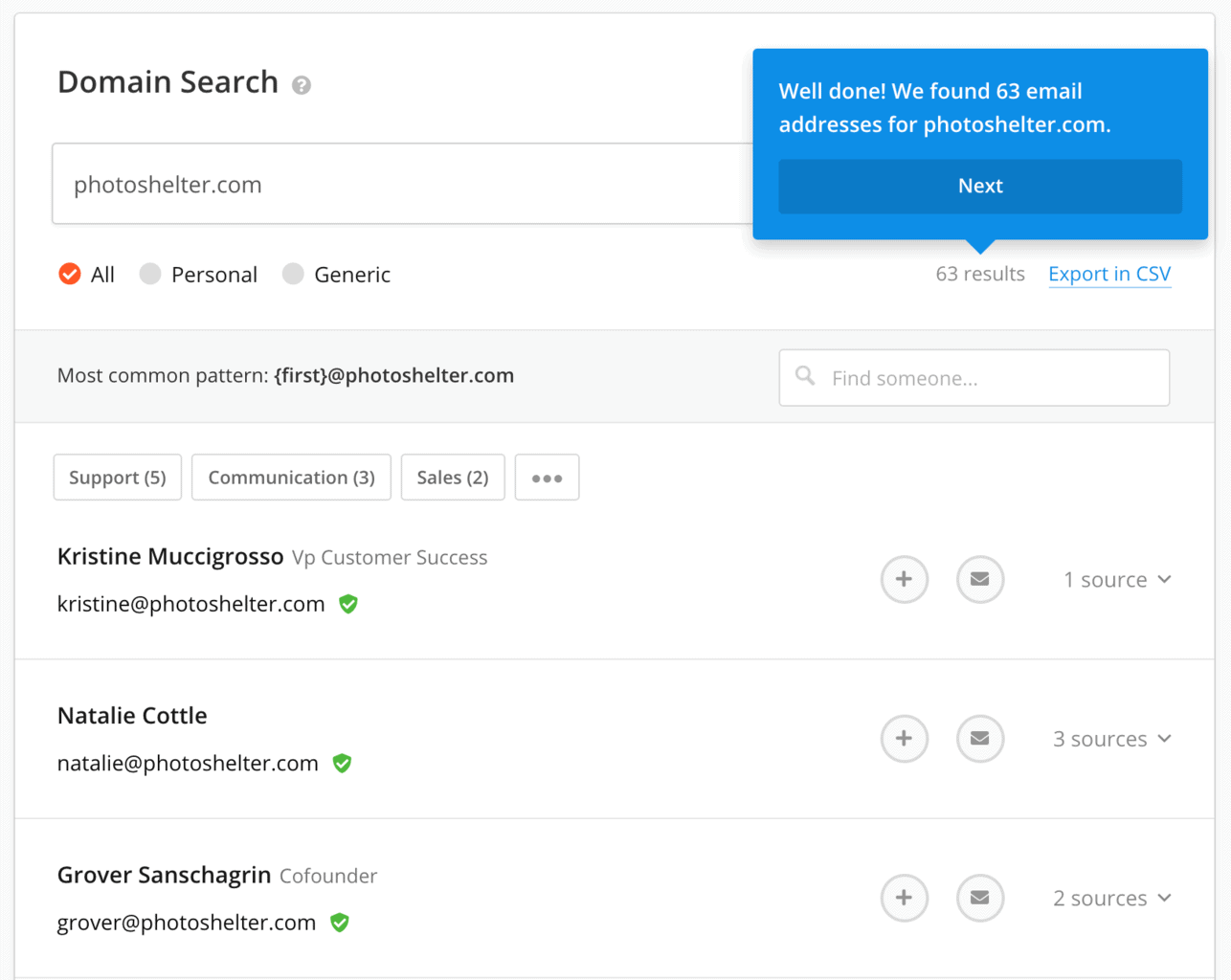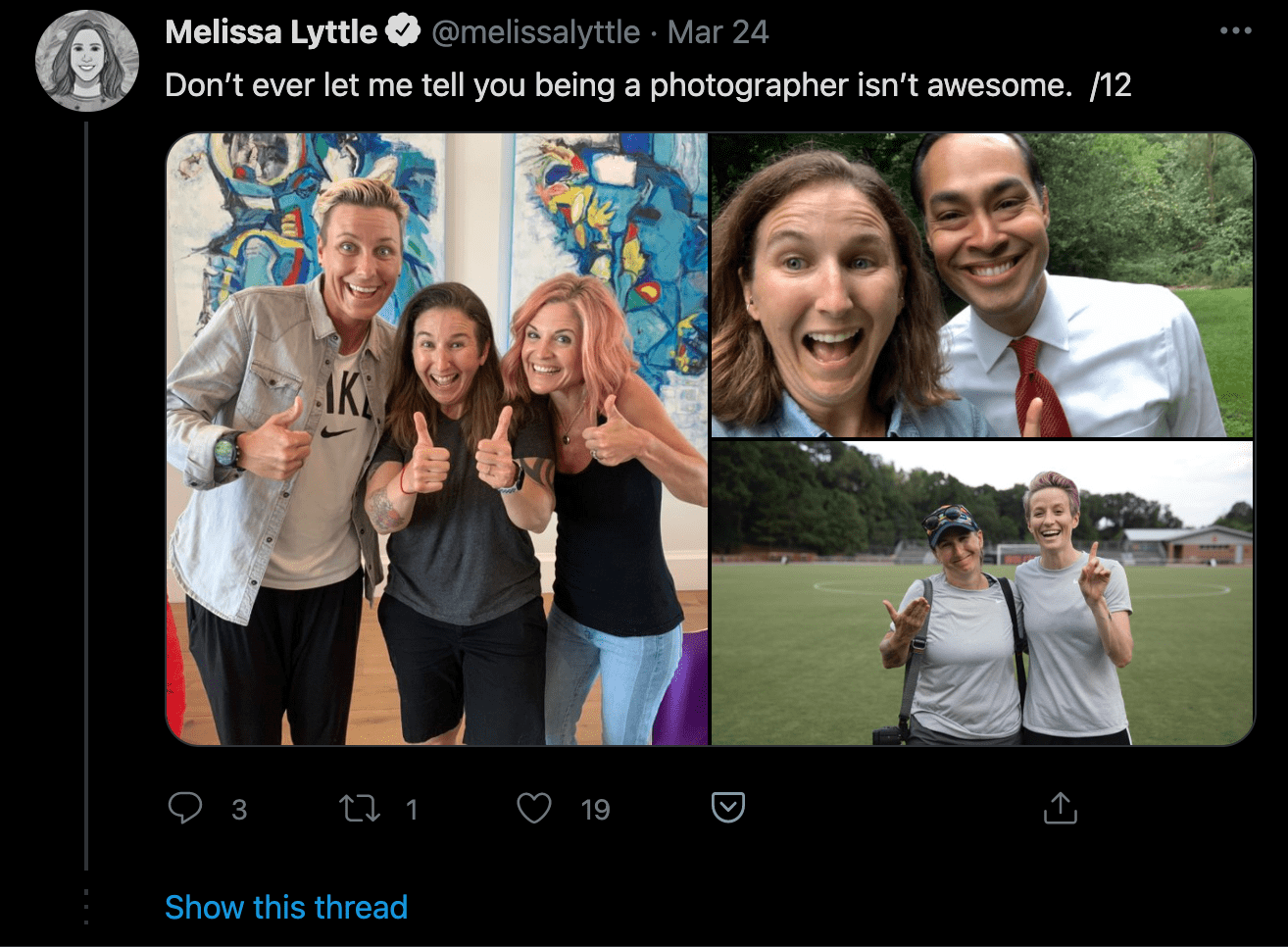Share
5 Marketing Tactics Every Photographer Needs to Know
As photographers, we all know marketing is important. We regularly hear that it can make or break a business. Good marketing can help you stand out...

As photographers, we all know marketing is important. We regularly hear that it can make or break a business. Good marketing can help you stand out. We’ve all wondered how and why some photographers have hundreds of thousands of followers when others are struggling to even hit triple digits.
When you’ve got people talking about SEO and page ranking, the power of networking, Instagram vs a portfolio website and more, it’s easy to get overwhelmed. How are you supposed to narrow down where to start?
Enter Darina Kopcok, a commercial food photographer and educator who recently broke down her five pillars of marketing for us and why they’ve been successful. Whether you’re like Darina and exploring commercial opportunities or looking for editorial work or something else entirely, these tips are fairly universal. Take a look below to see where you might be able to improve or reshuffle marketing priorities.
It’s essential to remember that there is no “quick fix” to marketing. Like page ranking and finding the perfect client, it’s always a moving target. But there are some tools and approaches that work, so give those a try and see what happens!
Pillar 1: Online Portfolio
We’ll say it until we’re blue in the face: Instagram is not enough.
The first step in getting hired is curating an exceptional portfolio that speaks to your target audience. Working with a photo consultant can be very helpful, since so many photographers have emotional attachments to certain images. We have great stories about the place and moment an image was taken, but the typical image viewer or hiring manager doesn’t know that story. So if the image itself doesn’t evoke a feeling, tell a story by itself or show your unique skill set, it should live outside of your portfolio. As Darina put it, “When you’re looking at your body of work, it can be hard to see the forest through the trees.”
Also, having a portfolio isn’t enough. A good rule of thumb is to make sure you’re updating your site every 6 months or so. This helps with SEO but also helps repeat clients know what you’ve been up to.
Ask yourself who your portfolio is targeting. How is that clear on your homepage? Ask friends or family, photographers or not, to give their honest opinion and tweak accordingly.
Pillar 2: Research
The next step in effective marketing is identifying your target market and creating a database to keep track of leads and your marketing efforts. Having great SEO is wonderful, but that still doesn’t ensure your site is being visited by your ideal clients. You still have to do a lot of the marketing yourself.
So, whenever you send someone an intro or promotional materials, or you’ve made a new contact, it’s essential that that be documented somewhere. Many photographers use Excel or Google Sheets, but Airtable is another stellar option. “It’s Excel on steroids,” says Darina. (Business Insider has a helpful writeup about the capabilities of Airtable here.) Even better news about Airtable: it offers both free and paid options.
Make sure you do your research with spam laws! But note, conflicting information is common.
Pillar 3: Email Promotion
Email promotions can take on a few forms. With an organized email list of past, current and (hopefully) future clients, email promotions are a huge opportunity to remind everyone you’re here and ready to work.
As a first task, create a one-pager (kind of like a postcard) that can be embedded into an email. A bio, a few images and your contact information is all you need. It’s quick and easy, plus many photo editors and hiring teams keep emails like these in special folders so they can tap you when the right project or assignment comes along.
Darina also recommends sending a quarterly blanket email promotion. That includes a few curated images—attachments aren’t going to work here, you don’t want anyone to have to work to see your photos—with a theme and title. Those can go to both cold and warm leads. Seasonal promotions are an easy way to get in touch, show clients your work and remind everyone you’re there.
Also, mix up your promotions! Take different approaches. You can be formal sometimes, informal the next. They can be personalized or specific to that one client (e.g. if it’s a yogurt company, demonstrate you’ve taken yogurt photos) or a more general overview of your work. You should share new content you’ve created that you’re excited about, too. The goal is to come off to clients as flexible and quick on your feet as a photographer, so demonstrating that flexibility with your marketing is a great place to plant that seed.
In terms of gathering emails, Hunter is a helpful tool for finding emails that Darina recommends. You get 25 free searches per month after you sign up for an account and you can pay for more searching when/if you need them.

Pro tip: While cold LinkedIn connect requests are generally a no-no, the platform is useful for information gathering. Try a search for “Art Director” or “Photo Editor” at [Company] and then go to the company’s homepage. There, you’ll either see employees’ emails listed or you’ll see the company’s email structure. If you have their name, then you’ve likely got their email.
Pillar 4: Printed Promotion
Printed promotions aren’t free, so it’s advisable to be a bit more strategic about who gets these. An important thing to note right now is that many photographers have stopped their printed promotions during COVID because almost everyone is working remotely. That said, now is still a great time to plan out your printed promotions—design and strategy are both key—so you can take full advantage of everyone’s eventual return to the office.
Printed promotions can look like just about anything: magazines, postcards and one-page mailers are common and should go to agencies or any other key contacts in your network. A printed book and/or portfolio is also an option, but these should be reserved for special circumstances due to the cost. In terms of where to get those, Blurb is ideal for magazines or books and Moo is better for postcards. (Side note, Blurb is running a promotion for 20% off their photo books until Friday April 9th.)
Photo Editor Rob Haggart has a great Instagram account, @aphotoeditor, where he posts examples of printed promotions he receives. It’s the perfect place for inspiration and ideas, plus it’s useful to see any trends that might be emerging in the print promotional space. He also does some interviews with photographers on his blog.

No matter what you choose, when the time comes, promotional materials are an easy way to stand out and show a client that you mean business.
Doing something outside of your website and email promotions to show clients you exist and are interested and willing to work for them can make a big impact.
Pillar 5: Social Media
So first thing’s first: Instagram. Your Instagram presence and marketing should have a strategy, not just be about forming a community with other photographers. Having a network is important, but you shouldn’t be doing that at the expense of working with dream clients. Your Instagram strategy should align with other marketing goals and your target market.
Interact with dream clients’ feeds. Comment on their posts and say something genuine. Heads up: “Nice shot!” isn’t going to cut it. You want to be specific and thoughtful based on the brand and the specific post you’re commenting on.
Also, we advise using DMs with caution. If that’s your first impression, you might come off as intrusive or less professional. Depending on the size of the company, someone working in social media may have a relationship with the Art Director or Creative Director, but more likely than not they don’t, so focus your efforts elsewhere.
In terms of other social media platforms, use those to boost your content, interact with brands’ posts there (same rule goes for being genuine!) and just try to show a bit of personality. Post behind-the-scenes photos, share more about a recent shoot. Plus, psychologically, if brands or ideal clients are seeing your name frequently, it’s more likely you’ll catch their eye in your next email or print promotion.

Final Thoughts
Remember: All of your marketing should be about building relationships and your foundation. When you market is also important with how you’re marketing.
Don’t be passive! Go after clients with new approaches and be willing to change things up. Persistence and consistency are what you need to be a successful marketer. Rejections will happen. View them as opportunities to innovate.
Don’t give up! Keep marketing, even if you don’t hear back. You’d be surprised whose radar you’re on without your knowledge. Darina joked that your goal should be to get 100 no’s. It sounds disheartening initially, but it’s also confirmation someone is looking at your stuff.
Finally, just be genuine with your marketing. Looking good is important but you’re selling yourself and your skills. Be honest and true to yourself and your brand.


